
Connecting the Dots: From Remote Operations to Full Autonomy
Brown. “It's a big shift in what's possible, and you get a lot of efficiency gains, you're able to work in a proactive manner.”What is Nodestream?Harvest’s proprietary Nodestream technology is a remote operations system for organizations, a fully secure integrated communications platform for real-time collaboration, communication and data sharing, accessible to everyone, anytime, anywhere. It is a proprietary transfer protocol tech that enables live streaming of video, audio, and data, using ultra-low latency and ultra-low bandwidth, and is capable of being integrated with
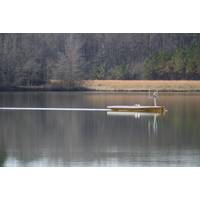
Solar-powered USV Delivered to Mississippi State University
tasks simultaneously in challenging marine environments,” said Buddy Duncan, Co-Founder, SeaTrac Systems. “We are pleased to help the MSU team achieve its real-time monitoring and data-collecting goals.”The SP-48 is designed for users who require a flexible data gathering and communications platform that adapts to a wide variety of operational scenarios and payloads. The solar-powered, 4.8m SP-48 is a low-logistic, sensor-agnostic persistent USV with Automatic Identification System (AIS) collision avoidance, speed of 5kts, 500W payload power, and 70Kg payload capacity that can host

Ocean Power Technologies Launches Hybrid PowerBuoy
measurements, Stirling Engine and solar power source operation and integration, and other tests in coastal New Jersey waters. The company says that the buoy "met or exceeded stringent engineering requirements."“We believe that the hybrid PowerBuoy is a remarkable power and communications platform – an easily deployable, clean offshore energy source and an excellent complement to OPT’s PB3 PowerBuoy solutions,” said George H. Kirby, President and Chief Executive Officer of OPT
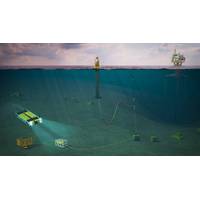
New Subsea Resident Vehicle Solution Taking Shape
that would otherwise require manned vessels – including long-term environmental monitoring, frequent subsea equipment integrity inspections, and interaction with seafloor assets.This novel system is designed for carbon-free autonomous offshore operations with the OPT PowerBuoy power and communications platform at its core. Via an innovative integrated mooring and subsea power/data transmission cable, a PowerBuoy can provide carbon-free power to a seabed docking station to recharge an autonomous underwater vehicle while enabling secure data transmission to and from shore-based operations located
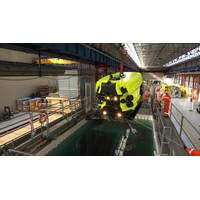
MTR100: Five "Ones to Watch"
it, to help monitor performance. Earlier this year, OPT said the system had demonstrated AUV charging capabilities, successfully sending power and communications to a subsea payload throughout the test period. OPT said that the system was being tested as a standalone charging station and communications platform.OPT also has other ideas. In fact, another PB3 PowerBouy was recently shipped to the UK ahead of being sent out into the North Sea to work for Premier Oil, providing power for monitoring a safety zone around suspended wells in the Huntington field, as well as providing communications to
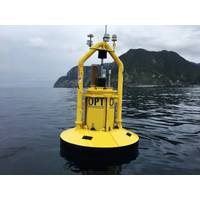
OPT Scores Oil and Gas Study Contract
or alternative solutions in the study, possibly in combination with the PB3 PowerBuoy, it added.“We believe our solutions will reduce the cost of our customer’s operations and will also increase safety and improve operational flexibility by providing an unmanned, autonomous power and communications platform,” Kirby said. “Feasibility studies are an excellent way for us to apply our solutions as the first step toward deploying our products within customer operations.”Kirby said OPT has been receiving more interest from oil and gas operators
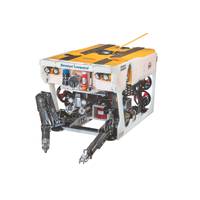
OPT and Saab Seaeye Partner
defense and oil and gas industries. We believe OPT’s PB3 PowerBuoy, coupled with Saab’s technologies, creates the premier unmanned system, providing remote charging capabilities for both autonomous and remotely operated vehicles. OPT’s PowerBuoy is a persistent power and communications platform for remote offshore applications such as autonomous vehicle charging, weather and ocean data collection, providing power to subsea equipment, and surveillance and monitoring of offshore operations both above and below the sea surface. The PB3 PowerBuoy supports a suite of mission critical
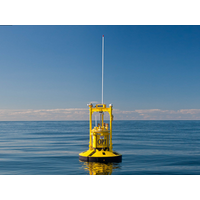
Eni Deploys OPT's PowerBuoy
controlled field developments powered by wave energy, environmental monitoring and offshore asset inspection using autonomous underwater vehicles (AUVs). The PowerBuoy will be used to demonstrate subsea battery charging, which eventually may be used to provide a standalone charging station and communications platform that would enable the long-term remote operation of AUVs.OPT’s PB3 PowerBuoy is a persistent power and communication platform for remote offshore applications such as autonomous vehicle charging, meteorological and ocean data collection, subsea equipment powering, and well monitoring
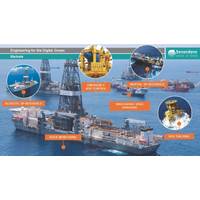
Digital Ocean: Making Subsea Data More Easily Accessible
, thus demonstrating the adaptability of its technology to a wider variety of different application areas, including ocean science, exploration, aquaculture and other similar markets. Technology Platforms – Acoustics Sonardyne has developed an industry-leading wideband digital communications platform upon which most of the company’s acoustic systems are based which is now in its sixth generation (6G). The ‘pin-up’ product for this technology is the Computing and Telemetering Transponder (Compatt 6), a highly adaptable and configurable instrument that is used in a wide
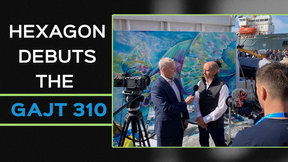
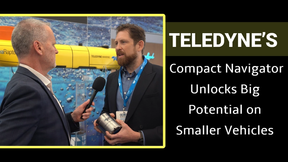
 February 2025
February 2025





